posted by
Samar on
February 28, 2013
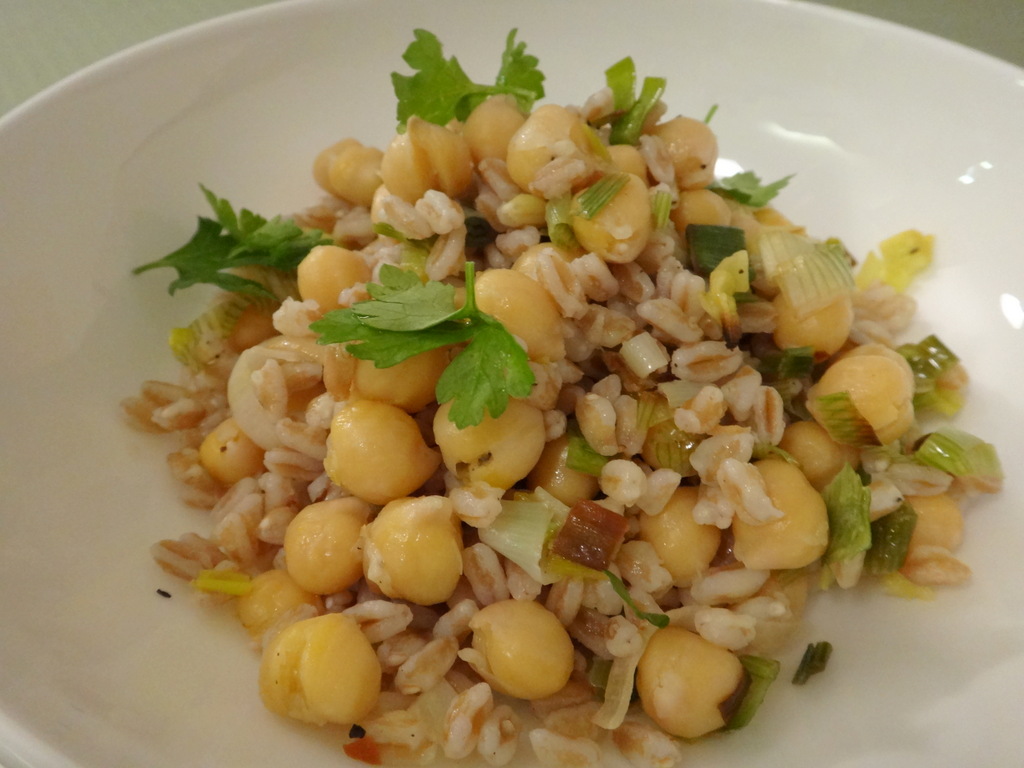
For anyone interested in food issues, broadly speaking, and reading about them, the last few weeks have been like Christmas. First, there was the horsemeat scandal galloping across Europe, riding roughshod over the reputation of some of Europe’s largest companies – from Nestle to Carrefour, and even Ikea (perhaps people began to wonder why their meatballs suddenly tasted better!). In case you haven’t been following this story, it involved horsemeat from Romania disguised as beef that was sold in frozen food products such as lasagne across Europe, from France to the UK.
posted by
Samar on
February 23, 2013
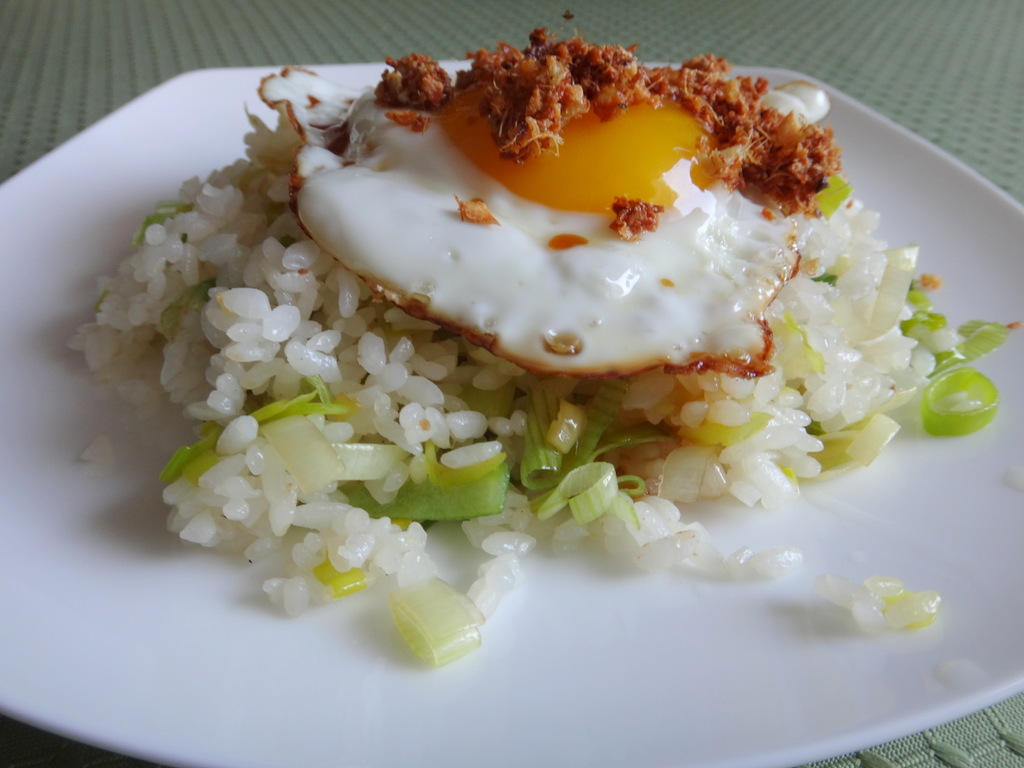
Fusion cuisine seems to have fallen out of favor. Or, rather, the term has. Mixing together ingredients and techniques from different culinary traditions is now so routine that it is hardly worth remarking upon – or giving it a name. Everyone does it. More often than not it is some Asian ingredient – konbu, fish sauce, gochujang, or whatever the latest trend dictates – that finds itself in a typical ‘Western’ dish. This sometimes works very well (e.g., yuzu cocktails). But often it fails, on occasion spectacularly so (such as the inexplicably popular foie gras xiaolongbao at Annisa). What I’ve come to realize is that it takes serious talent to be able to successfully marry very different cooking traditions.
posted by
Samar on
February 21, 2013
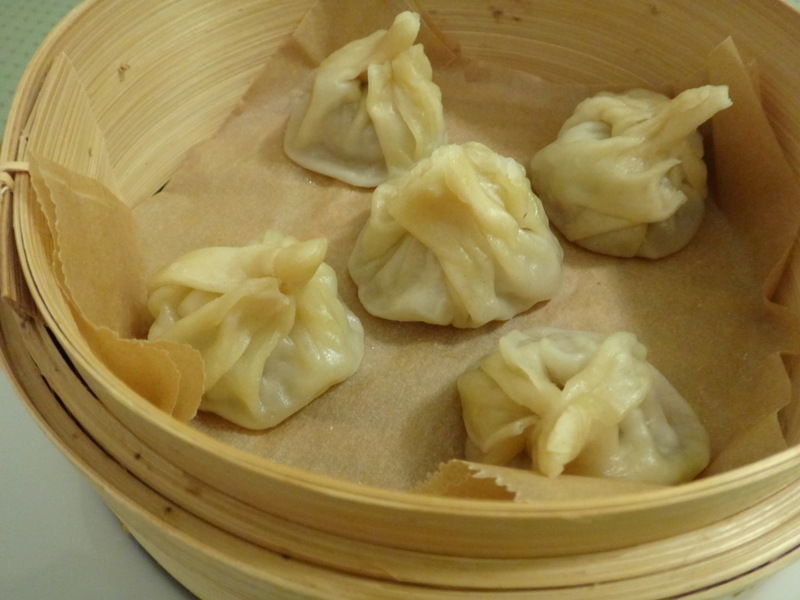
A quick, short post, but I just wanted to report a major kitchen adventure this past week (I suppose I’m allowed to crow a bit as long as I do it sparingly and tastefully, right?). I made xiaolongbao (小笼包). Successfully. From scratch. Dough, skin, filling, soup, and all. Not pretty as you can see (note to self: learn how to fold dumplings and next time use more filling/soup). But they did turn out quite authentic and tasty (at least I thought so). Shanghai soup dumplings, as they are often called, are some of the tastiest morsels of food ever invented. Their name comes from the fact that, in addition to the usual meat filling, there is soup inside them (which squirts all over you if you aren’t careful!). For the longest time I – and no doubt everyone who’s ever eaten them – wondered how they got the soup in. It turns out to be a rather clever trick (although, presumably a doodle if you’ve invented paper, gunpowder, printing, …). You solidify the soup using gelatin (typically a seaweed-based one called agar agar) and mix it with the pork filling. Then, when you steam the dumplings, it becomes soup again! Brilliant! I’ll sign off by saying: if you haven’t had xiaolongbao, don’t wait for me to post the recipe (its quite involved and I’ll leave it for another day). Head for the nearest Chinatown!
posted by
Samar on
February 14, 2013
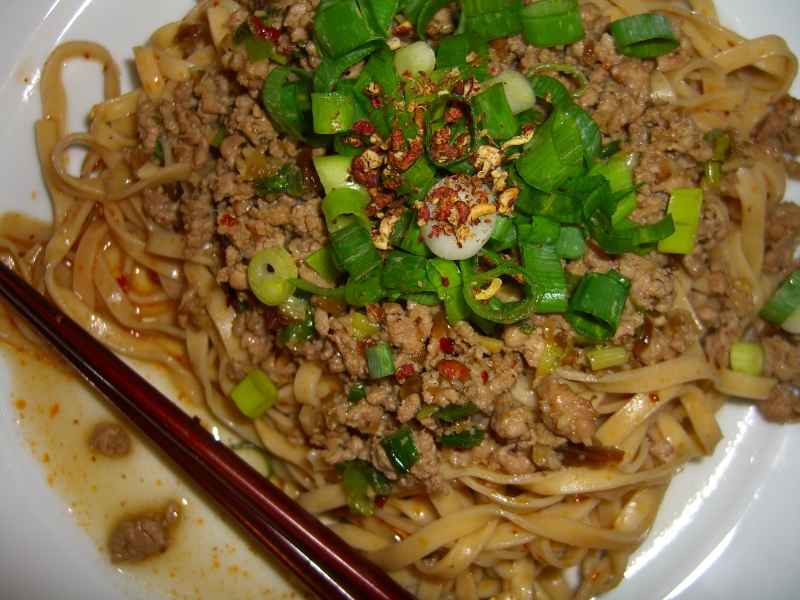
Regular readers will know that I am partial to ramen. But I like noodles in all their glorious variety: from soba and udon, to kalguksu and mifun. And of course pasta (although I tend not to put them in the same category). I especially like them stir fried, as in yakisoba and japchae, and in soups, particularly pho and naengmyeon. So I thought that it might be about time to feature a noodle recipe. What good timing, then, that Diana Kuan, the author of the excellent Appetite for Asia blog, is hosting a virtual potluck on her website in support of her newly published book, The Chinese Takeout Cookbook from which this recipe for dan dan mian is adapted.
posted by
Samar on
February 8, 2013
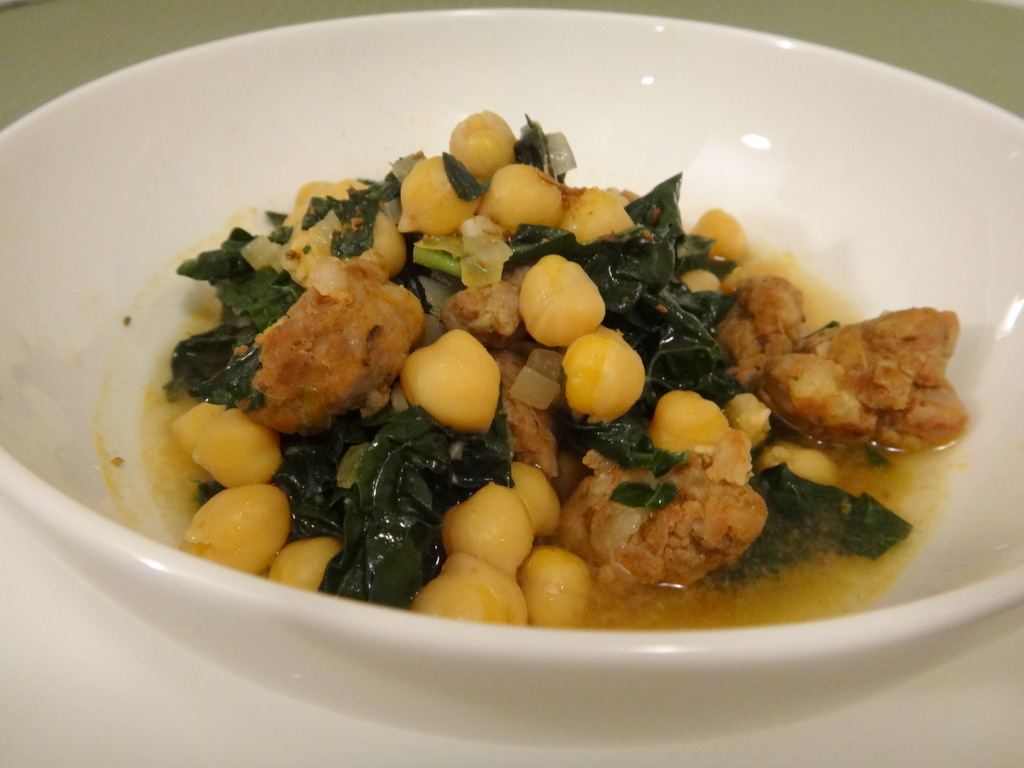
Its funny how so many foods most often associated with Indian cuisine didn’t actually originate there. Chillies are a perfect example. But, as is well known, chilli peppers are native to South America. Indeed, no Indian had laid sight on one until the Portuguese arrived at the start of the 15th century. Or take chickpeas. Who hasn’t had chana masala? Or those highly addictive deep-fried snacks based around chickpea flour? But, while India is by far their largest producer in the world today, chickpeas aren’t native to the subcontinent. Instead, they were probably brought there by Turks and Persians when they invaded north India in the 12th century or so. In fact, from biryani to vindaloo, so-called “Indian” food – at least as it is known outside India – is a mixture of central Asian, Persian, and European influences.








